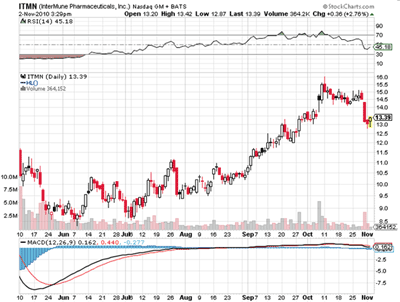It is often a daunting task deciphering the tremendous amount of information contained within an option chain for the trader beginning his study of the world of options. One of the most nuanced variables embedded within the prices quoted for the chains is that of the relative values of implied volatility (IV) amongst the various strike prices and the various months of expiration.
The IV of each of the various available options for a given underlying is not usually constant for each individual strike price and expiration cycle. The IV can and often does vary between individual strike prices within the same cycle; this variation is termed vertical skew. In addition, IV often varies at the same exact strike price when considered between various expiration cycles; this variation is termed a horizontal skew.
To review briefly, remember that option prices depend largely on the three primal forces of time to expiration, price of the underlying, and IV. The only one of these factors not immediately accessible to anyone with a quote screen and a calendar is IV. It is by changes in the magnitude of IV that future events of potential major importance to the price of the underlying are expressed.
As an example of the information that can be gained by considering apparent anomalous values for IV, consider the case of InterMune Pharmaceuticals (ITMN). This biotech stock is represented in upcoming expiration cycles of November, December, January, and April. Considering the example of the 14-strike call, the IV for these various months are 54, 65, 78, and 136, respectively (at the time of this writing).
I have no idea what is up in the first quarter of 2011 for this stock, but the options markets are pricing a substantial probability of a significant price move between January and April expirations. These types of IV spikes are typically seen in biotech stocks ahead of significant FDA decisions.
By Bill Burton, contributor, Market Taker Blog



















